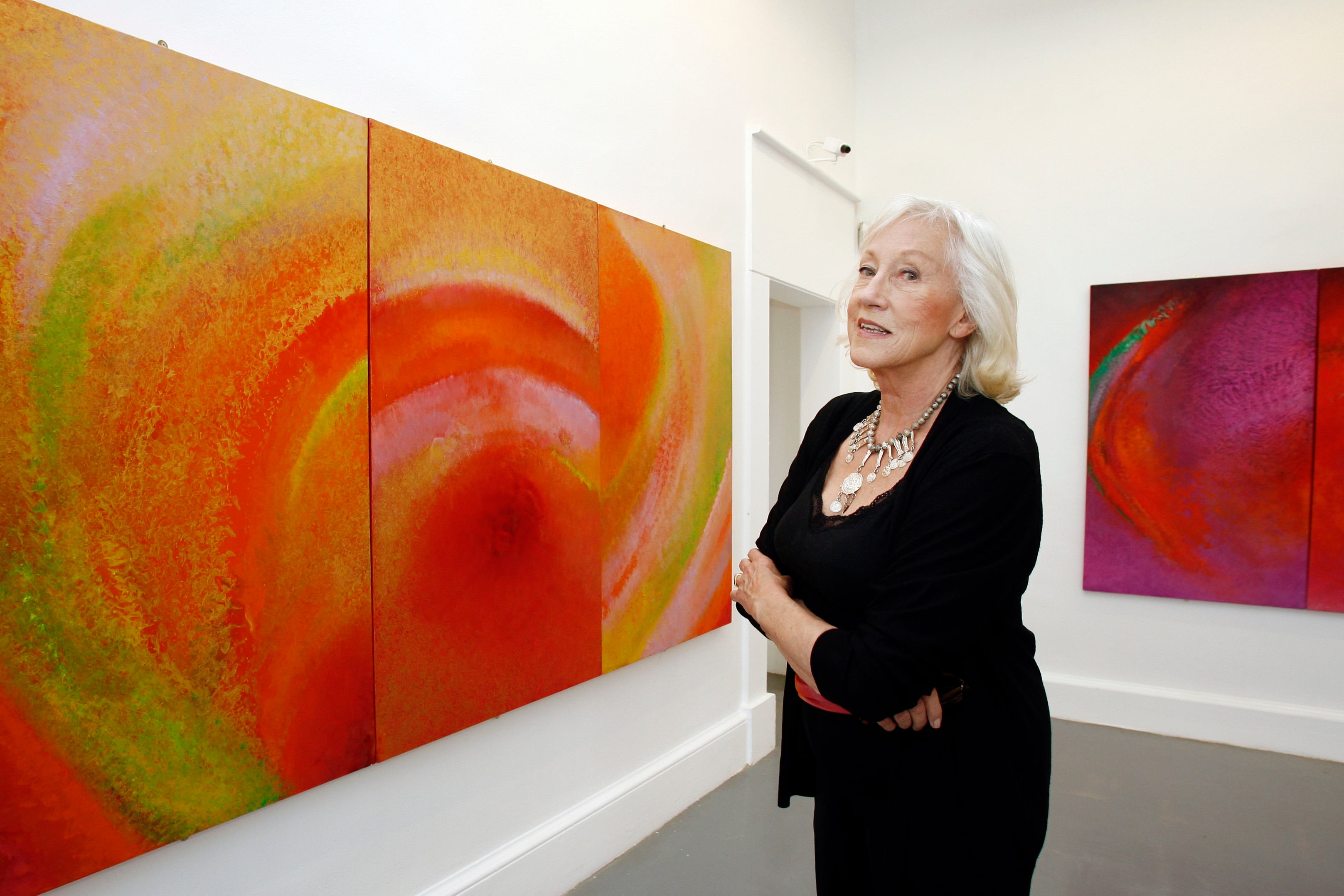The rise in the use of cocaine in the State over the last decade, which has led to a major increase in the number of young people seeking medical help, can be traced back to the recovery which began in 2011 after the economic crash, say experienced gardai.
Research carried out by the Health Research Bureau found that the number of people presenting for problem cocaine use increased by 171pc between 2011 and 2019 with the actual numbers going from 254 cases in 2011 to 688 some eight years later.
“The demand for cocaine increases when the economy is going well and the other thing that we have noticed is that cocaine has taken off in the college student scene as well – that’s not to say it’s a middle-class phenomenon, demand for cocaine straddles all socio-economic groupings,” said one Cork-based garda.
[ Cocaine abuse ‘on upward trajectory’, say doctorsOpens in new window ]
Seizures are made more frequently from males rather than females, but this does not necessarily reflect usage for while young men may be dealing more than females, young woman are also users as they too will take a line of cocaine when on a night out.
READ MORE
“Unfortunately, the profile of the cocaine user is getting younger – you could have lads as young as 17 taking cocaine – the majority of the dealers we catch are males, we haven’t caught a woman coke dealer in a while, but women are taking the drug as they are conscious about not putting on weight.”
Most of the cocaine found in Munster clubs and bars comes via Dublin hidden in containers and vehicles from Dublin-based organised crime gangs, who sell it on to smaller suppliers with their own network of dealers in Cork and Limerick, say gardai.
“It’s impossible to say how many people we have using cocaine here in Cork city but anecdotally we would definitely say the number of people taking cocaine has increased – I would say it’s in every town and village in the county and in every sports dressing room too – it’s ubiquitous.”
“There isn’t too much talk about cocaine use in the GAA because it’s such a taboo subject, but cocaine use is rippling most villages and parishes in the country, and it isn’t confined to just GAA clubs – it’s affecting all codes, rugby and soccer as well – it’s that serious, said former Limerick hurler, Ciaran Carey who now works with My Move Counselling and Addiction Service
The HRB numbers are an under-estimate, he believes: “(The number) would be a lot higher if you took into account the number of people who are still engaged in active addiction and in total denial that they have an issue and couple that with those who are waiting for residential treatment in centres all over the country.
A garda serving in a Munster rural town echoes Carey’s views, pointing out that, unlike some other drugs which traditionally were more associated with those from disadvantaged areas, cocaine use seems to span both working and middle classes.
“Cocaine use has definitely increased and it’s in every walk of life, people from all kinds of backgrounds – you could stop anyone on the street now, an unemployed lad or a professional and ask them to turn out their pockets and you wouldn’t be surprised to discover a bag of cocaine.”
“Gardai currently value cocaine at €70,000 a kilo which gives a street value of €70 a gramme but that’s probably undervaluing it – we arrested a lad last week who told us he paid €100 for a gramme and when we told him our street value, he wanted to know who was selling it at €70 a gramme!”
“A lot of lads we catch now might be in third level, but cocaine has become very acceptable across the board – years ago, a lad might go out on a Friday or Saturday night for a few pints and a few fags, but now his treat is a deal bag of cocaine.,” the officer told The Irish Times.
Given the growth in drug-taking, the HSE’s Southern Regional Drugs Task Force recently secured money for three extra full time staff to work with those misusing cocaine, said the force’s David Lane, who [pointed to a threefold increase in drug use among third0level students over the last 20 years.
The Drug Use in Higher Education Institutions (DUHEI) report in January, which received 11,500 responses from students in 21 colleges, found that over half admitted to using an illicit drug in the last year, with cannabis the most popular. However, cocaine has replaced ecstasy as the second most popular.
Dr Chris Luke, an emergency medicine consultant, said it is “almost impossible” to convey the dangers to young people: “Cocaine tends to trigger strokes, heart attacks, seizures and it does so without any predictability, and it doesn’t matter if you are regular user or a first-time user.
“A line of cocaine can kill you, it can reveal an unexpected weakness in a blood vessel or a problem in your heart or your brain,” he said, adding that “the biggest problem” with cocaine is the violence it provokes: “It leads to much worse levels of violence inside and outside clubs, in custody suites and in ambulances.”











